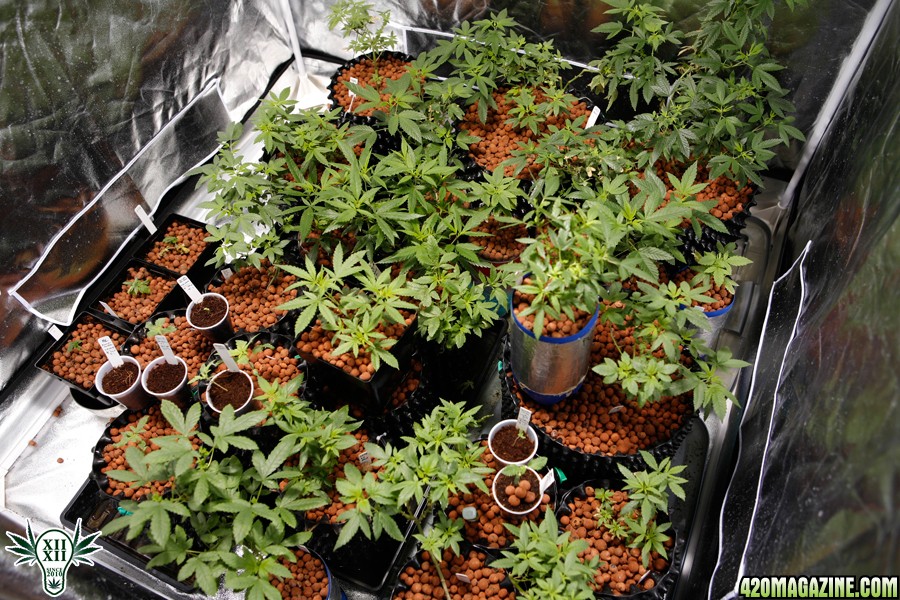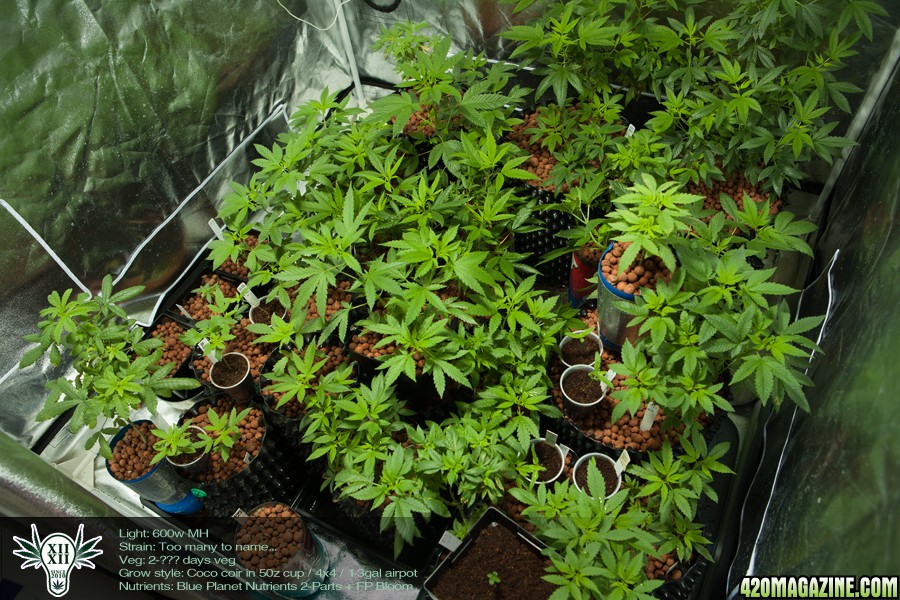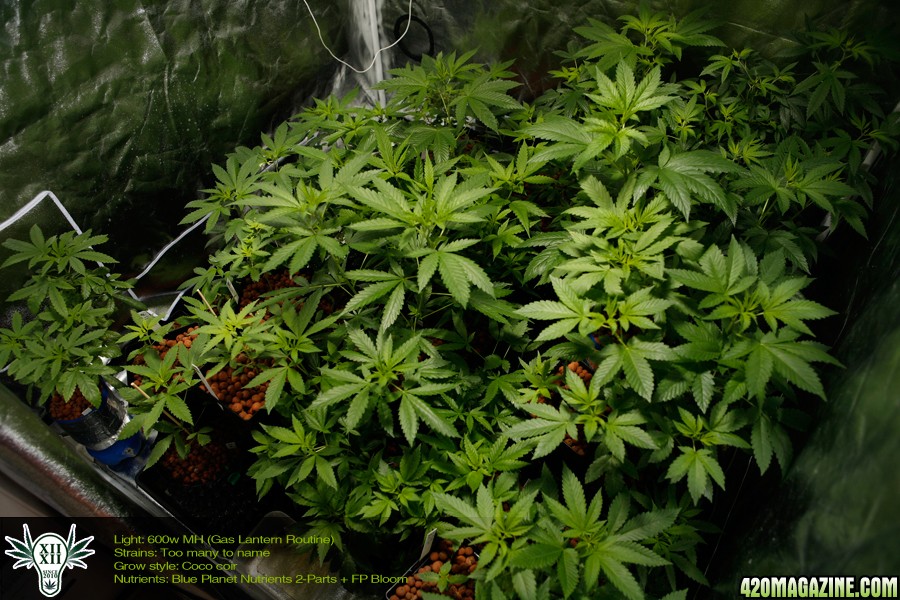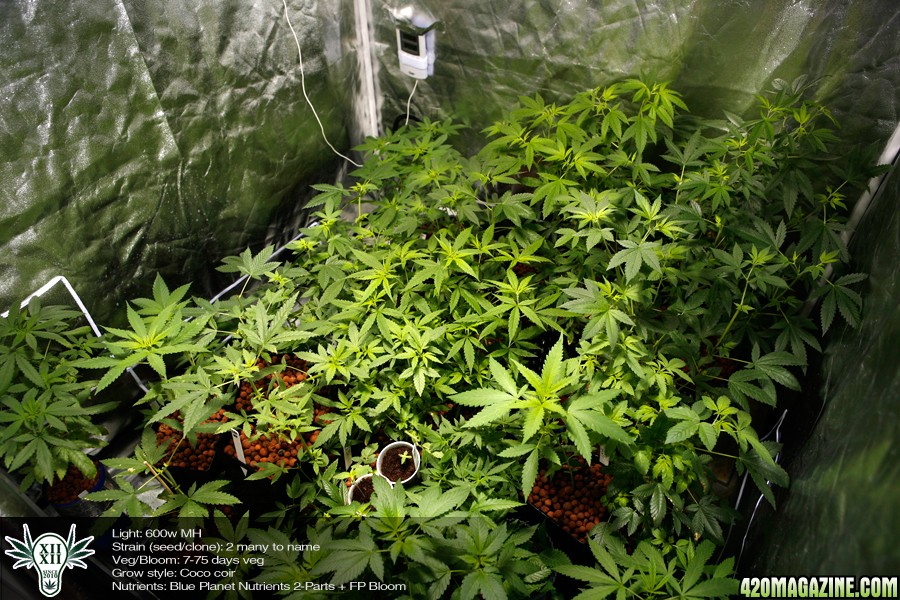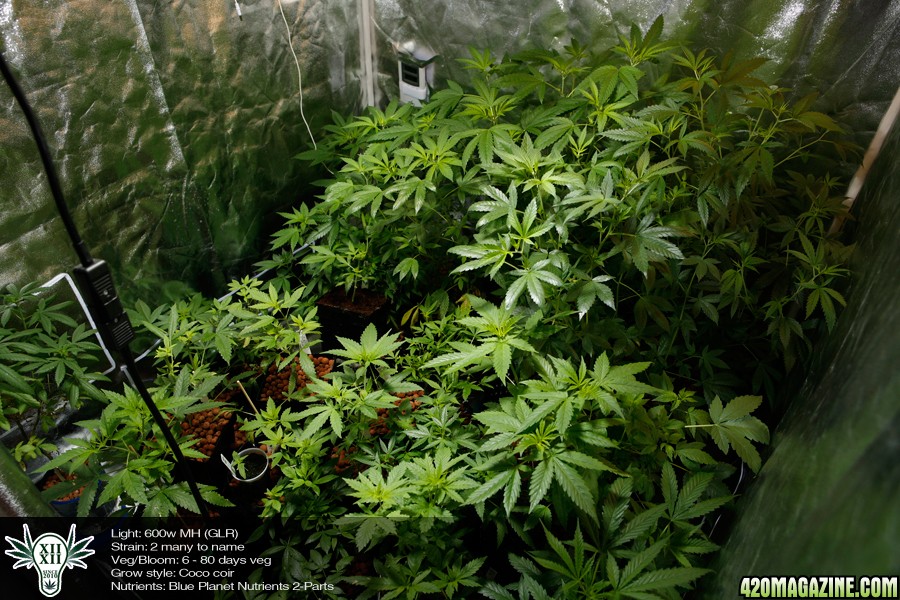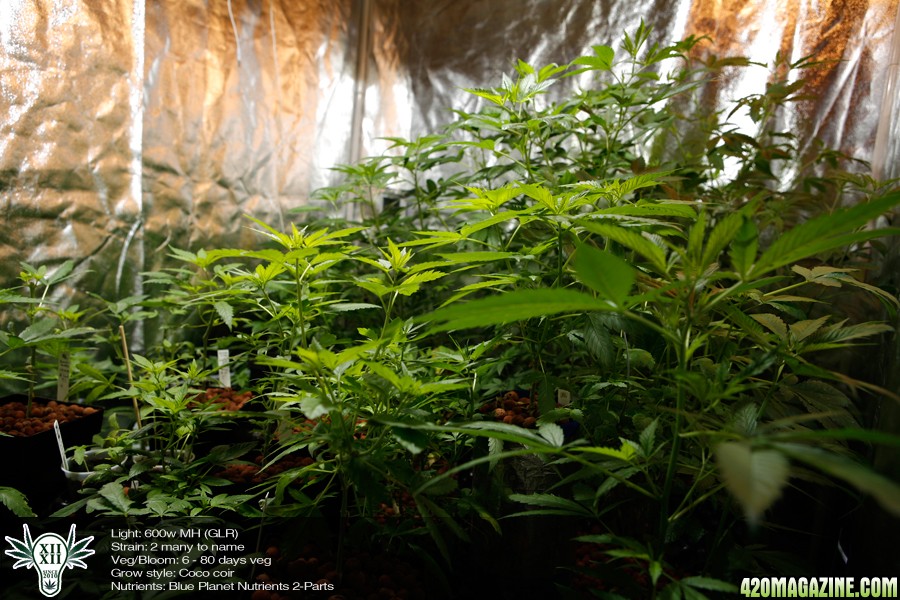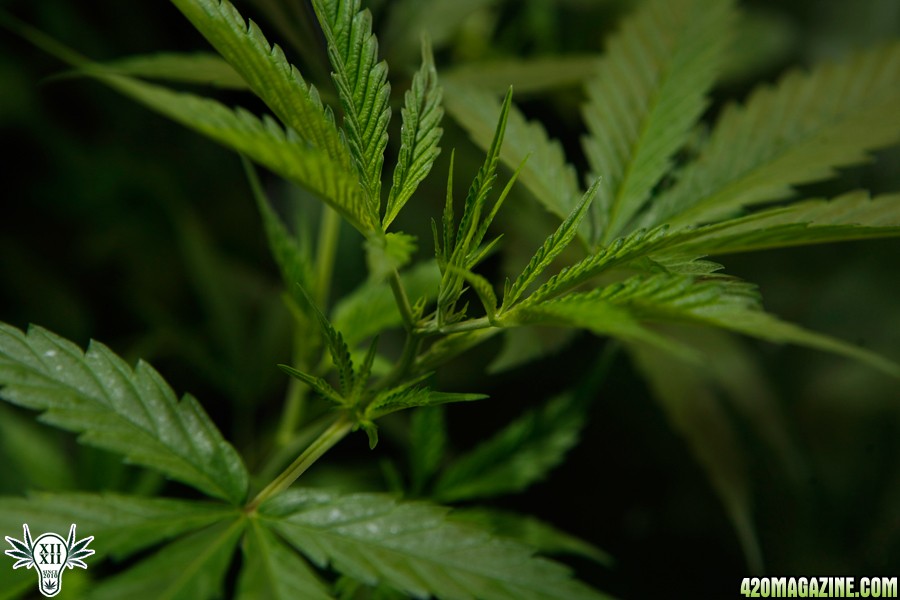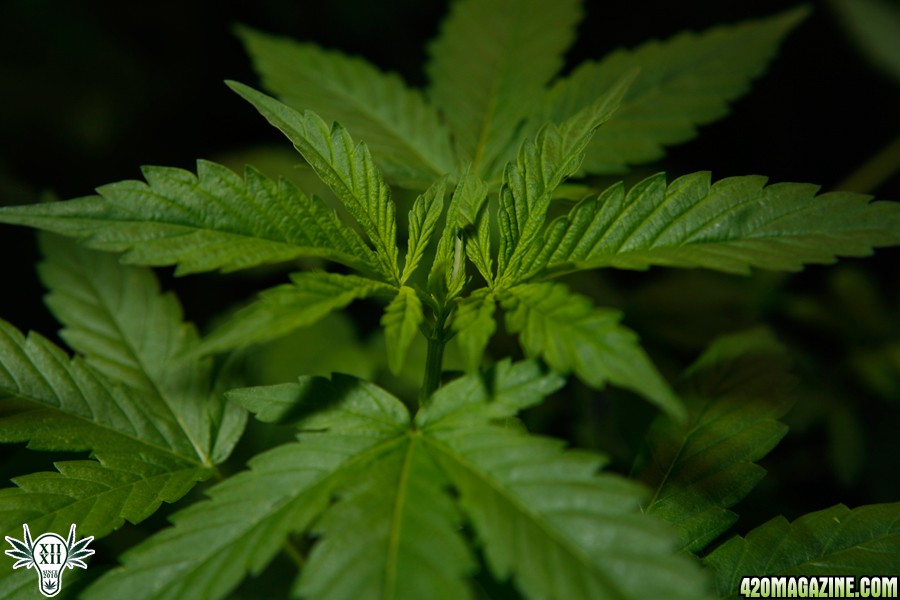Had to take clones today to refill the a96. I use cloning gel and cloning solution. I like to have the mix at around 600ppm but you can set it from 400 to 800. Gives you alot of leadway. I set ph anywhere between 5.5 to 5.8ph. Big thing it the room temp, never worry about the watertemp because the pumps aways keeps the mix on the warm side. I took a pick with my coalminer green led headband. pretty sweet if you ask me lol.
Did a watechange on some seedlings. 1st week nutes set at 6 to 800ppm, second and third at 900ppm. It a megagarden ebb n flow. watering is set for 3 times a day at 18/6 light. Going to change that later in the day.
The mums I kept are northern lights x bigbud and sweettooth. The rest were destroyed except for the mkultra that my partner is flowering out with the mothergrowerouter rwdc system I built. Good luck to him. Its my equipment so I told him I want half lol. Good shit but the clones didn't mix well with the others because they stay too small.
After the clones were taken its time to do some major work on the mums. Root thinning. Should be done every 3 to 6 months. A good indicator is constant ph drop or when you pull the bucket it looks like it has swampass on the bottom. Beginning stages of root rot. yellowing and kinda mushy.
Its easy, rip the swampass off and dump the loose medium in a bucket then turn upside down and remove bucket.
Cut or rip the roots off the bottom. just don't cut the thick ones. get the side too then rinse with cold water.
Put about two inches of medium on the bottom then replant in the bucket and fill in the sides with the plant centered. This is a good time to retie the girls and spread her out. Then do your waterchange. I set the ppm on mums at 1000 to 1100 ppm depending on age of mums. the yellowing will fade and be replaced by white roots. Do the water change every week until canopy grows thick. Thats a good indication the roots are doing good and of course watch your ph. Ph metering is a good tool to let you know how the plants are doing. Once everything is stable you can water change every other week or up to 3 weeks depending on how stable your ph is.
I let the mums feed 4 times a day at 18/6 but toady I am changing the light schedule to GLR.
Info on GLR I got from a well respected member called Twelve 12
Here's the full article:
Observing Natural Cycles
During the course of my observations growing cannabis, I have noticed that factors such as clone burn-out seem to suggest that overexposure to light is adversely affecting the hormonal balance of the growing plants and causing the genetics of the cuts and seedlings to degrade over the course of several generations. Cannabis seems quite happy when the hormones are allowed to properly build up more during a natural outdoor vegetative cycle, and this may contribute to more balanced levels of THC and CBD, resulting in a more positive response to triggering, and better-quality medicinal cannabis being grown.
I turn to the conditions of nature to find the solution, and in a natural model, I can see that from the point of view of the plants, the sun gradually moves past, casting sunbeams and shadows of objects and trees in front, beside, and behind the plant successively across photo surfaces during the course of the day. This clearly shows that in the natural environment, the play of light and shadow are significant to the natural progress of the plant.
Even in a northern climate, there is no such thing as 18 hours of direct and intense lighting anywhere to be found, and most areas where the summer is short, the lighting is no longer than 16 hours in total.
During a recent discussion with other growers, we rediscovered a rumored century-old technique that proves that the direct and intense application of light for longer than necessary can be more stressful to the plant than previously known, and could even degrade the plant's genetic strength.
Now that cannabis growers are starting to grow specifically for medicines, the health of the plant needs to be properly considered so that the full natural potential of the plant can be realized and the fullest expression of the plant's medicines be produced. The margin for error is becoming smaller as the mistakes of the past are revealed and medicinally specific growing is gaining importance.
The Old Cash Cropping Method
The commonly used cash cropping method of cannabis cultivation wastes energy. People use this method by rote, since they simply don't know what the real requirements of the plants are. It is stressful to the hormonal systems of cannabis, and not necessary to produce fully healthy and productive plants. It does not recognize that overexposure to light is harmful to the plants, and so they underperform in terms of taste, yield, quality, and potency of the medicine, or require supercharged fertilizers to reach their potential. It is surprising that these techniques are used with profits in mind, since they are clearly expensive and counterproductive.
The Gas Lantern Routine
This information will seem quite revolutionary to growers who have been using the standard cycles to produce cannabis, seemingly with little or no trouble at all. Actually, in a grow that more closely mimics the outdoor growing environment under indoor lighting conditions, the plants may be maintained in vegetative cycle using only a total of 13 hours of light daily, which dramatically reduces the cost of production.
The less is more approach of the Gas Lantern Routine provides the growing plant with adequate darkness to promote health, and by inserting a full hour of light in the center of the dark period, the plants are tricked, and neither flower nor express hermaphrodites. The growing plants get more than the average amount of rest, thus reducing stress, and improving plant yield, overall performance, and medicinal quality.
Seedlings and Cuttings
The Gas Lantern Routine is applicable in seedling phases of plant growth. As stated before, nowhere in nature does the springtime ever provide an 18-hour photosynthesis length; rather, the growing spring light may in fact be 12 hours or less. Lighting for seedlings and cuttings needs to be bright, but compact fluorescent or T5 lighting may be used while in the seedling phase. Rooted mature cuttings can immediately light with HID lighting.
Here's the actual schedule
The Vegetative Schedule
This method is quite simple: 12 hours of light, followed by five and one half hours of darkness, a single hour of light exactly, and then a second period of five and one half hours of darkness. Placing a full hour of light in the very center of a 12-hour dark period tricks the plant and interrupts the buildup up of sensitive floral hormones, which would normally trigger flowering by destroying them. The grower simply raises the plants to the desired size before switching to the fall schedule to bloom.
Here are the numbers:
12 on
5.5 off
1 on
5.5 off
repeat.
So say your lights come on a 7am... They'd go off at 7PM, then at 12:30 that night they'd come on until 1:30AM and go off. Then they'd come back on a 7am again.
To flower I simply move them into the flower box, give them GLR under the HPS for another 2 weeks to harden them to the light a bit, and then simply remove the 1 hour at 12:30 to start flowering.
The TRANSITION is shortened CONSIDERABLY, lessening stretch by almost 90% because they are already at the brink of flowering from GLR, they just need the hour at night to be removed to give them that extra push... It takes plants DAYS, not WEEKS to transition to flower from there.
Using this method, vegetative duration may be also reduced, and with a shorter growth cycle comes more frequent and better production. Vegetative cycles can be shortened by one to two weeks, and flowering may also be shortened a week or more using this method in con- junction with a diminishing light schedule.
For patients growing their own medicine or for compassionate cannabis providers, production turnover may be increased from four to five crops per year or more using rotation, and power consumption can be reduced even further by the use of high-intensity fluorescent lighting during vegetation, and overall, power consumption savings can be 50 percent or more.
The Flowering Schedule
Plants that have been grown up using the Gas Lantern Routine are now supercharged with floral hormones, and ready to go into flower with the slightest provocation. The interruption of the dark period has been destroying enough of the naturally building hormones to keep the plant from expressing sex, and the well-rested plant now has plenty of stored nutrients and energy to finish its life cycle and flower. Triggering the plants is essentially just a matter of removing the interrupting light period, so the plants may now experience the full buildup of hormones that will trigger blooming.
In keeping with providing all the correct organic biological and environmental needs of the plant, the diminishing fall schedule should be employed to take full advantage of the hormonal preparation created by using the Gas Lantern Routine. The diminishing hours of light in nature trigger acceleration in the production of hormones in the plant, making it flower with increasing speed and power.
The Diminishing Lighting Schedule
The diminishing fall schedule begins with an evenly halved light schedule, using 12 hours for the first two weeks to trigger the plant into bloom, and then further reducing the lighting for increasing darkness time by one half hour every week.
The final week of flowering will provide the plants with a mere nine hours of light, with 15 hours of darkness, forcing a resulting final explosive hormonal buildup. This sends the plant into blooming overdrive and produces resin far beyond the normal plant's limits.
When the Gas Lantern Routine and Diminishing Light Schedule are used together, they create healthier, more naturally robust plants. These important and historical botanical techniques are soon going to become very important techniques in the coming years as medicinal cannabis research continues to advance. When viewed from cost of production, organics, and medicinal needs, the methods currently being promoted can be seen counter to the interests of growing healthy plants. Understanding your plants is the best way to grow the best medicine, and looking for solutions to growing problems by observing nature always provides the right answers. And the link to the test, and results.
Twelve12's Perpetual Grow
Originally Posted by Twelve12
Update: Gas Lantern Routine - Week 4 completion
To recap the
Gas Lantern Routine; basically it uses 12/12 photoperiod with 1hr on between the dark cycle for vegetative growth.
Goes like this.
- 12 hrs on
- 5.5 hrs off
- 1hr on
- 5.5 hrs off
- repeat
Been running this light cycle for a month and the results are amazing. I would say this light cycle is superior to any other light cycle for vegetative growth.
For veg:
- 12-1 (Gas Lantern Routine) - Superior
- 15/9 - High
- 16/8 - High
- 18/6 - Middle
- 24/0 - Low
Here are the results from each week. I've trimmed a few times and the tent bounce back with more growth.
Before the switch
1st Week Results
2nd Week Results - Trimmed after photos taken
3rd Week Results - New Growth - Trimmed (center)
4th Week Results - New Growth - Trimmed (center)
No pistils/balls till this day.
I left the top area of the tent alone (only trimmed once) to see the height differences between the new growth and the old tops. Every two weeks the tent gets really dense so new cuttings are made to keep them in check. I have over 15 strains in here not recommended for small tent even the one I use 4x4 is quite small, it can get crowded if you don't have use for the cuttings. Good thing I got the 2L SOG running for the clones.
To solve the solution is to keep the mother plants small, bonsai small while keeping some at normal height. So every two weeks I trim the plants at normal height while letting the bonsai grow, and 2 weeks later take cuttings from the bonsai (should be at normal height by then) while letting the new bonsai plants grow, and repeat the cycle. I also have my own tissue culture going (more on this later) to preserve the clones when the cloner is running full capacity. This way the tent is kept at growth balance.
Pro:
- Saves electricity (11hrs of saving from 24/0, 5hrs of saving from 18/6)
- Promote healthy plants. Any deficiency it has the plant will be able to bounce back with new growth after adjustment is made.
- Promote plants growth, 2x more than 18/6, and 3-4x more from 24/0
- Cuttings will root much faster with thicker roots and more hairs
- Clones under bloom (12/12) will induce flowering much sooner
- Less on hours = less heat = stealth
Con:
- Must have good ventilation if the tent is closed or the tent has to be left open for the 1hr on between the dark cycle.
- Must have good odor control. Healthy plants produce more aroma even in veg.
- Plants in small container may get root bound due to rapid growth
Some tips using GLR (theory):
- Have the light on a timer so the on/off is consistent daily. Manual on/off may induce flowering.
- Use mix light or MH. Try not to use just HPS. The spectrum from HPS may induce flowering even with the 1 hour on between the dark cycle.
- For the 1 hour on use a cheap light source like Fluorescent light or CFL instead of using HID light. Have it on a separate timer only turn on 1hr between the dark cycle and have the HID light set at 12/12. Normally with any other light cycle the ballast is turned on once in 24hrs, with GLR it turned on twice. This may shorten the lifespan of the ballast and bulb. If you decided to run Fluo/CFL then make sure the tent is well lid any shaded area or area left in the dark may induce flowering. The 1 hour on between dark cycle help destroy floral hormone, lack of light will not be able to destroy the hormone and will send your plants in bloom.
I'm very impressed by the results from GLR. I give this light cycle a passing grade:
A+
You're safe to run this light cycle if you want. I'm using this exclusively for all clones/seedling/and plants in vegetative growth.
Dude Named jandre2k3 helped me with the info. Also a awesome member.
I normally don't put too much trust into what other members say and go based off my own experience but sometimes you have too in order to learn. I put trust in a guy called 420fied and it really increase my knowledge about trimming on a whole new level. Now its time to do it again.
Veg room light schedule set at 12pm on, 12am off, 5:30 on, 6:30 off then repeat.
Seedling water schedule 12pm, 6pm, 11:45pm and 5:45am at 15 minutes flooding
Mum water schedule 12pm, 4:30pm, 8:30pm, 11:45pm, and 5:45am at 15 minutes flooding
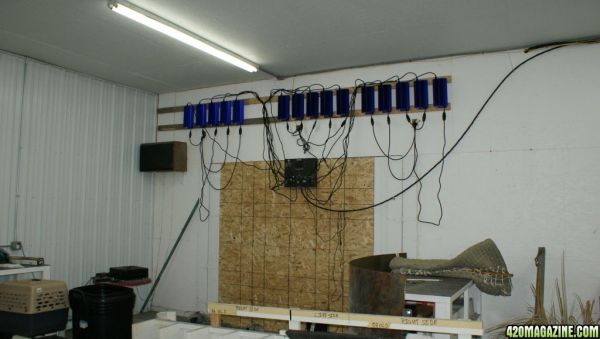
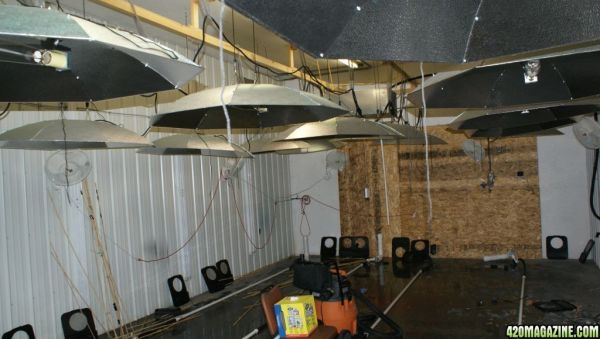
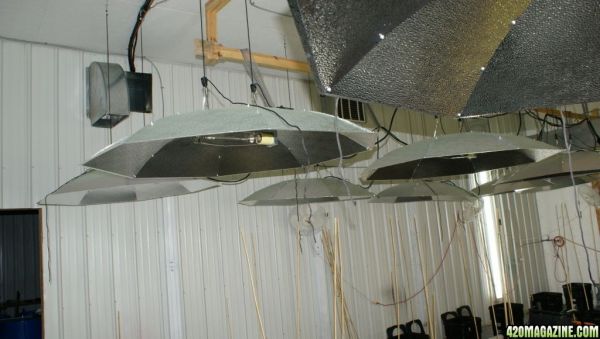
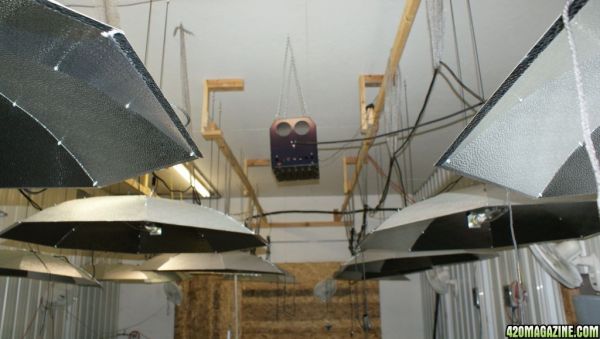
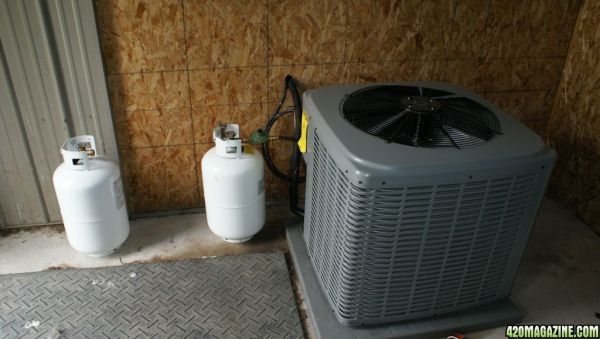
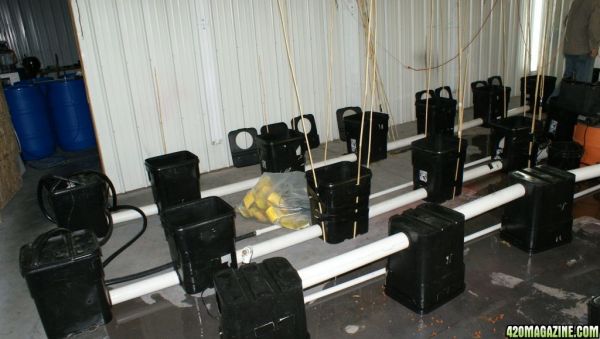
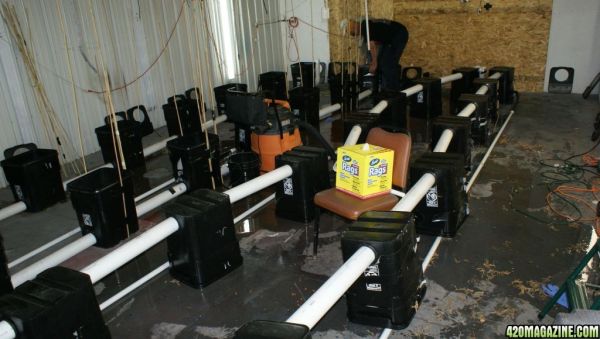
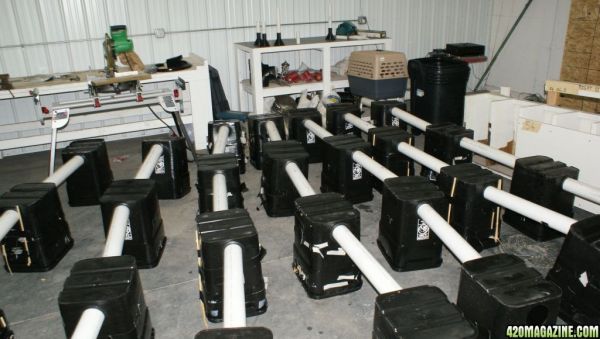
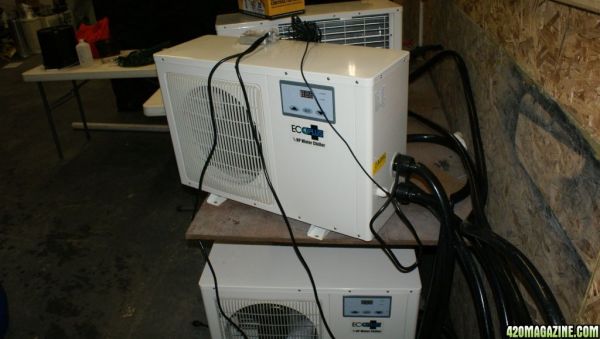
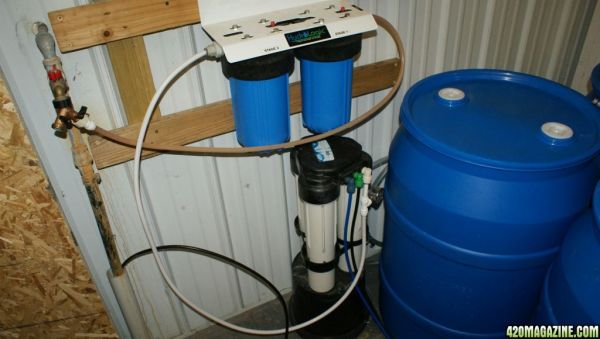
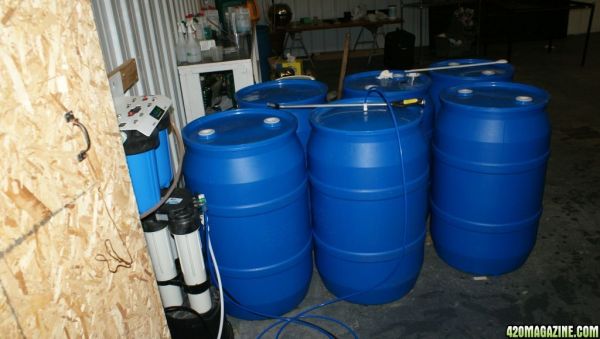
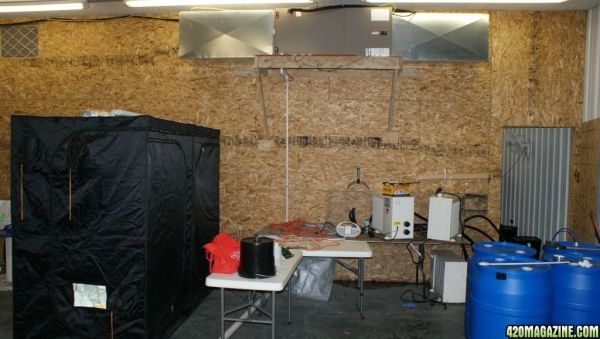
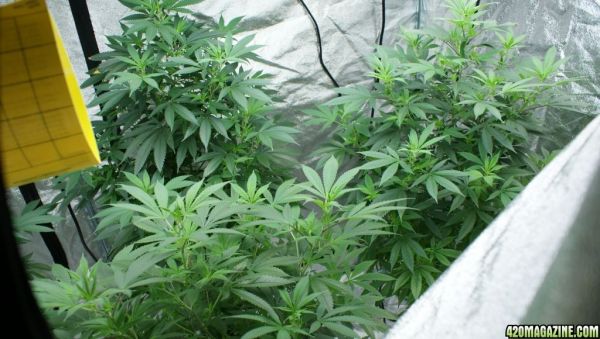




 I want one ha ha
I want one ha ha